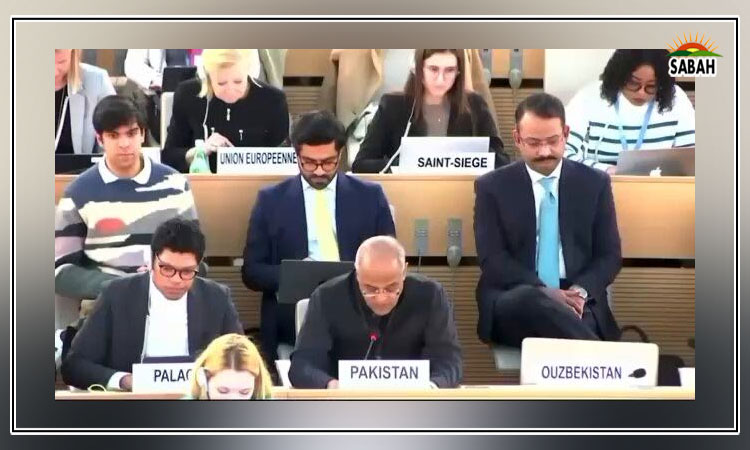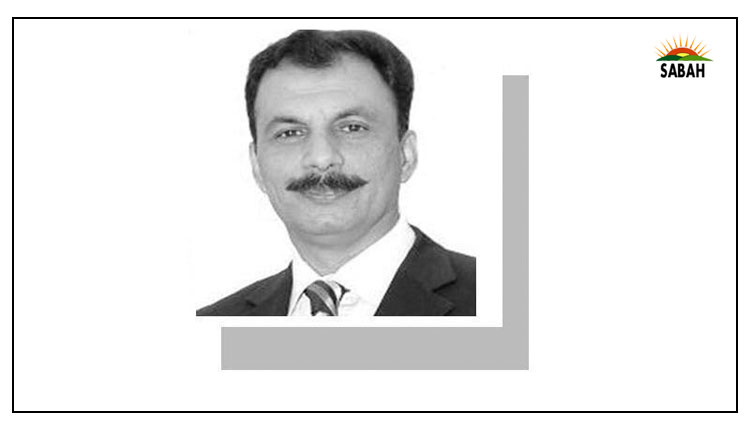Danish recipe….Mohammad Ali Babakhel
TO prevent radicalisation and extremism, Denmark drafted an action plan (AP) in 2014 with four priority areas and 12 initiatives. The main aims were improving the effectiveness of preventive interventions to stop people from joining extremist groups; stressing that extremism has consequences; and minimising the influence of extremist propaganda. The plan gives importance to preventing online radicalisation and recruitment for armed conflict abroad, and provides exit strategies for those wanting to leave extremist groups. AP 2014 builds on AP 2009; with extremisms changing dynamics, preventive steps have been refined and new initiatives introduced.
The reported departure of volunteers to fight in conflicts abroad, eg Syria and Iraq, and a few returnees were seen as a potent threat. The plan outlined strict preventive steps to discourage youth from leaving for conflict zones, the aim being to reduce the risk of further radicalisation. To prevent recruitment in armed conflict abroad, a bill would be presented in parliament to amend the law, empowering the police to issue travel bans and revoke the passports of those seen likely to join armed conflict abroad.
For those needing guidance on leaving extremist groups, an exit centre was proposed for a four-year trial period. Help would include education and finding a job. The plan focuses on skills-enhancement of teachers, social workers and staff in prison service to play a preventive role.
The plan follows the 2007 Aarhus model, based on the prevention triangle focusing on home-grown extremism. The model suggests reintegrating returning fighters into Danish society, treating them more like rebellious teenagers than fighters beyond recovery. It reflects the Danish concern that despite leading on social progress, theres a tendency among youth to fight in conflict zones.
Radicalisation in Denmark is rooted in feelings of exclusion. The Aarhus model prioritises helping youth feel integrated and focuses on immigrants in poor neighbourhoods. The model includes individual counselling, and prioritises rehabilitation over punishment. Its success has led other Scandinavian states to adopt a similar approach.
The plan is based on a prevention pyramid, consisting of direct, anticipatory and preventive interventions. Direct interventions are for those who are very active in extremist groups or susceptible to involvement in violence. Anticipatory interventions target those vulnerable to radicalisation and recruitment. Preventive interventions promote social skills, critical thinking and a sense of responsibility in youth, including in educational centres.
The web, a portal to extremist ideology and recruitment, was identified as another area to be monitored. Globalisation has brought openness but also helped extremists disseminate propaganda and recruit fighters, coordinate and generate funds. To minimise radical influence, there is a focus on the role of the local authorities; the employment of new tools for prevention and exit work; international partnerships; and mobilising civil society. Closer collaboration with civil society is stressed to have the latter participate in efforts to prevent violent extremism. VE cannot be tackled unless parents play a role; they are better placed to notice sudden changes in their offsprings behavior, which could lead to radicalisation. Effective prevention needs collaboration between parents and the authorities. A national hotline has been installed to facilitate parents on this score.
Several educational institutions have encountered radicalisation among students. The Danish plan maintains a special focus on the proactive role of these institutions to prevent radicalisation and enables them to cope with it. There is also focus on parent-police collaboration.
The inter-agency collaborative approach is the plans strength. Collaboration between police, social services and psychiatric services has been designed to prevent crime by people with mental health issues. Past experiences show the link between radicalisation and mental health issues, hence the adoption of a diagnostic approach.
Extremism cannot be prevented without international partnerships. The Radicalisation Awareness Network connects front-line practitioners across Europe, who share their experience and knowledge of preventing and countering VE and supports such efforts in other countries, including Afghanistan, Pakistan and Indonesia. The 2010 Danish Peace and Stabilisation Fund was set up to contribute to peace in some conflict zones.
Merely employing hard options and not adopting a diagnostic approach wont eliminate extremism. A kinetic approach may kill terrorists but extremism will grow. Effectively tackling extremism requires a whole-of-the-nation approach. States counter terrorism, but who will counter extremist ideology without clarity on the part of the state and people?
Courtesy Dawn












